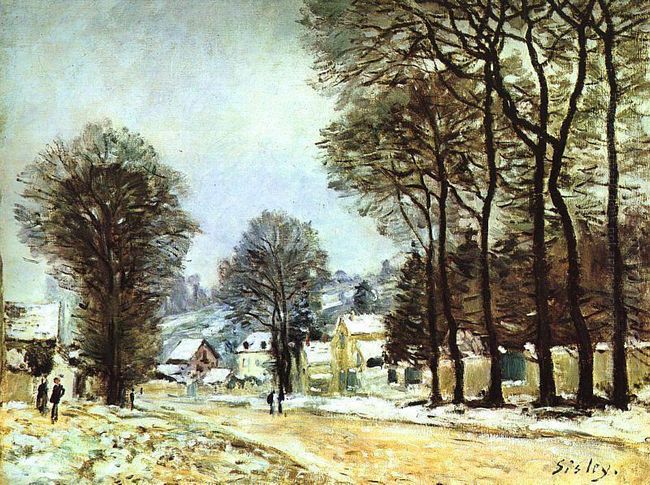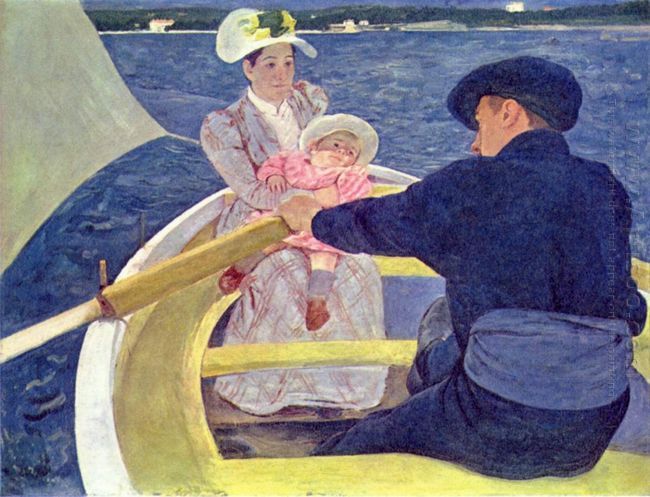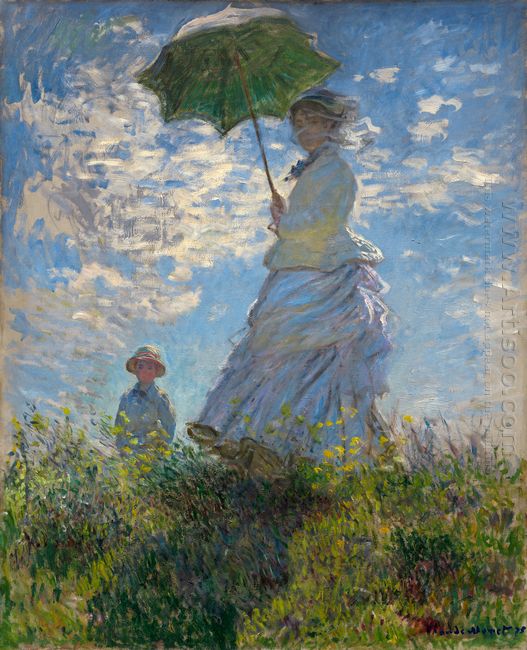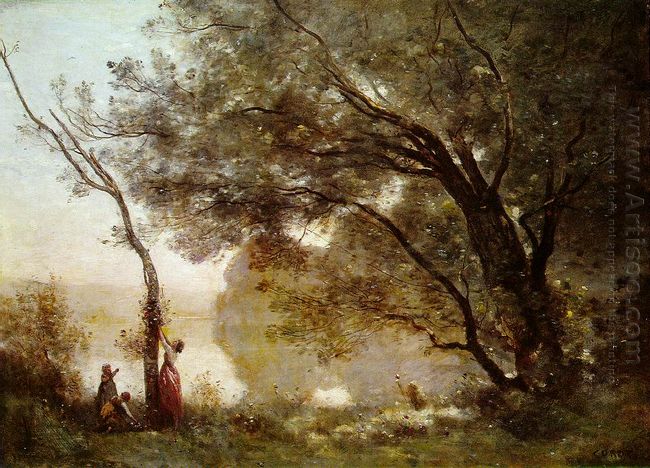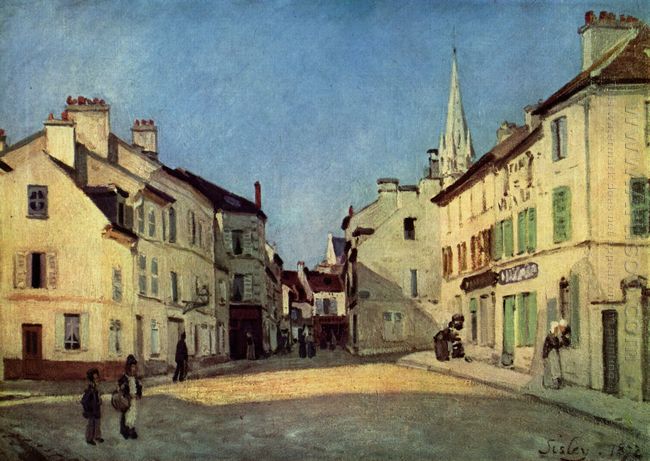When painting snow scenes, Alfred Sisley followed Courbet's example like Monet. This subject allowed Sisley to study the variations in the light, and to use different ranges of shades. It required a muted palette to capture the myriad tones of reflected light and the softened contours of the landscape. Sisley painted numerous snow scenes in winters in Louveciennes such as this one, Snow at Louveciennes. The landscape paintings of Alfred Sisley own a irreplaceable place in the history of early Impressionism.
Alfred Sisley’s Snow at Louveciennes 1874 depicts the silence and serenity of snowfall of a winter day in the French village of Louveciennes in a village, reflecting the artist’s mature period of the 1870s. Sisley utilized a meticulous blending of color to create its numerous delicate features just like the sky, he employed blue, white and grey hues to depict the winter sky, adding a sense of melancholy. Buildings are covered with white snow, creating an atmosphere of tranquility. There are still leaves remain on the tall trees. It’s obvious that the snow on the road has been cleaned away.
Throughout Sisley’s life, he painted approximate fifty winter landscapes, Snow at Louveciennes is an absolute masterpiece among them, a symphonic winter moment in history.
Sisley preferred to paint the traditional activities of rural life and pastoral waterways as they impinged on the landscape for most of his life. He always focused on undisturbed or only distantly animated aspects of his surroundings.

